The Headlines on the Economy Look Grim, But What Do They Actually Mean?
On Thursday of last week the U.S. government released economic statistics from the second quarter of 2020 (April - June) and to put it mildly, they were terrible. The indicator they used, GDP, is often talked about, but rarely explained, so today’s post is all about what that indicator means, why it is used, what looking at it tells us about the recent state of the economy, and what it might show about the future.
To start - just about every headline I saw about the economy on Thursday said something like “the worst ever” or “record low”. To be clear - GDP was not used as a metric until the mid-40s so we aren’t comparing our current economy to the Great Depression, just everything over the past 80 or so years.
So, what is GDP anyway? GDP stands for Gross Domestic Product and is a measure of the total market value of all goods and services produced within a country’s borders. Note: GNP, or Gross National Product, is the same, but includes foreign investments.
I think sometimes looking at the mathematical formula for GDP makes it a little clearer:
GDP = C + G + I + NX
C = consumption (everything we bought)
G = government (all government spending)
I = investments (all stock market and other investments)
NX = net exports (value of all of our exports minus the values of all of our imports)
Basically, the more all of us spend, whether it is at a grocery store or an investment in venture capital, the better off GDP looks. The thinking behind using this as an economic indicator is that if folks are comfortable spending and are spending more than they used to then that means they have enough income and are feeling confident in the economy. While I think GDP is helpful, I don’t love this as a standalone indicator because it doesn’t take into account the overall picture of economic health -- it just shows overall spending. For example, over the past decade GDP has been growing and yet the wealth gap was also growing -- looking just at GDP makes things look good, but we know that the reality in many households is completely at odds with that.
There are a lot of scary things about Thursday’s statistics from the Bureau of Economic Analysis, but the one that I find most worrisome is that the country experienced its worst quarter on record while at the same time the government (remember G! Government spending is one of the parts that make up GDP!) was pumping $2.2 trillion dollars into the US economy through the Cares Act. Now that most of that funding has either been used up or discontinued (think PPP and the additional $600/week in unemployment benefits) it seems like the third quarter (July - September) will look even worse, especially if the coronavirus continues to spread at the rate that it has been.
But, because I am solidly a “glass half full” person, I can’t leave us on that depressing note. Instead, I’d like to end on a reminder: GDP is not an accurate metric for the economy as a whole. There have been institutionalized issues with our economic system for decades (think wealth inequality, unlivable minimum wage). GDP’s downfall makes all of that even more obvious (I know, I know, that’s even more depressing - hold on).
As the economy slumps this is a perfect time to be able to rebuild in a way that is inclusive, focused on true equal opportunity and in harmony with long-term goals of environmental and economic protection for all. You may not be the one to decide to pump $2.2 trillion dollars into the economy, but you do make an impact towards this larger vision. You decide how to vote politically and you decide how to vote with your wallet -- you decide where to spend money, where to avoid, who to donate to and where to offer your resources and services. Things aren’t looking great, but I believe that we can use that outlook to make 2021 better.
Next week I’ll be diving into a few other metrics that may be better (or worse!) ways of measuring our economic health.
XOXO

